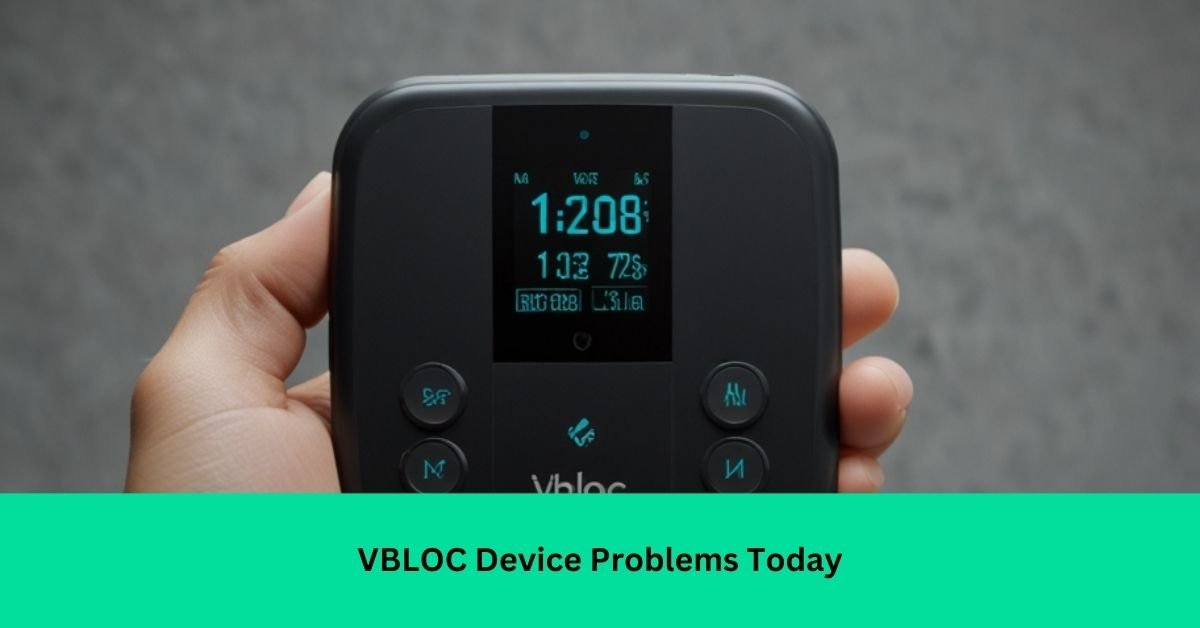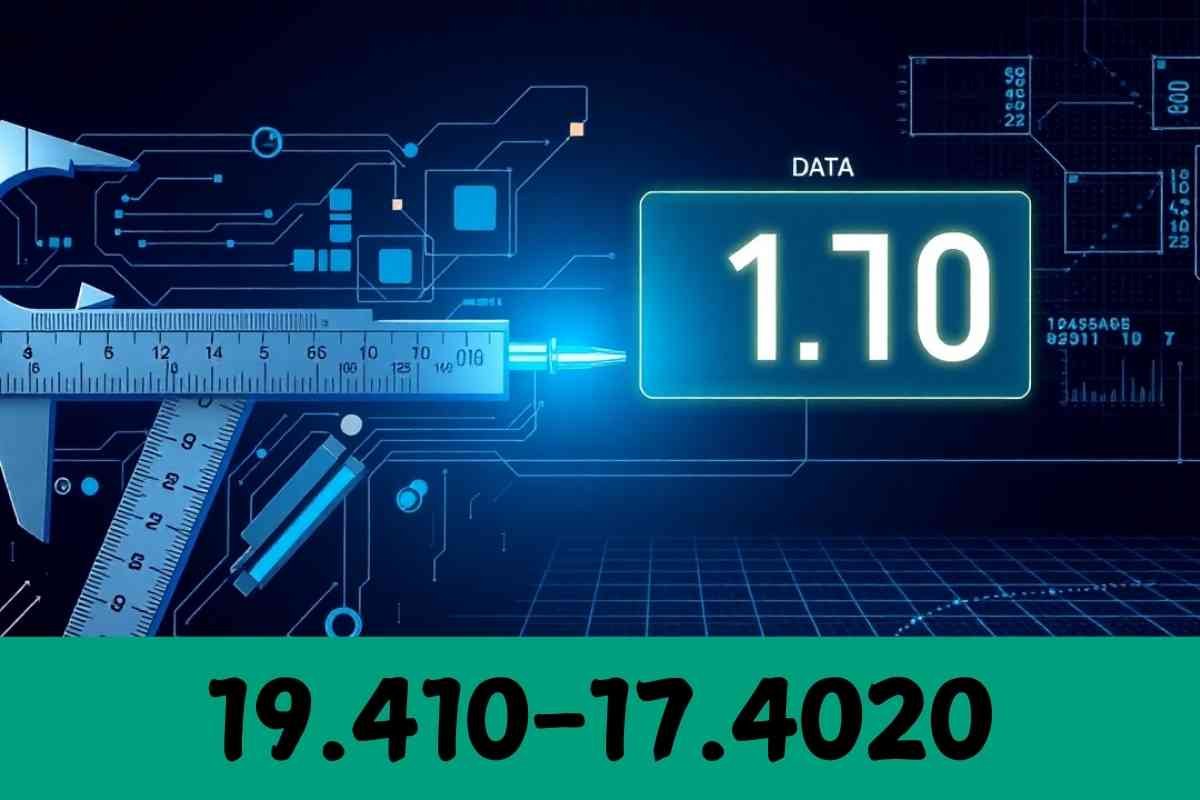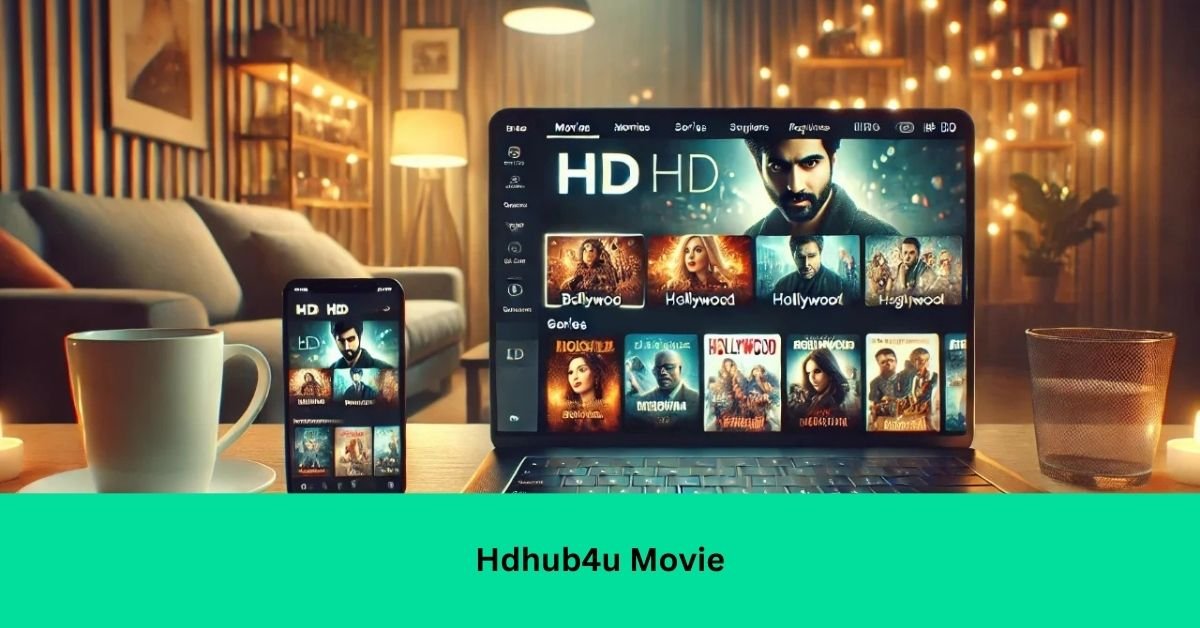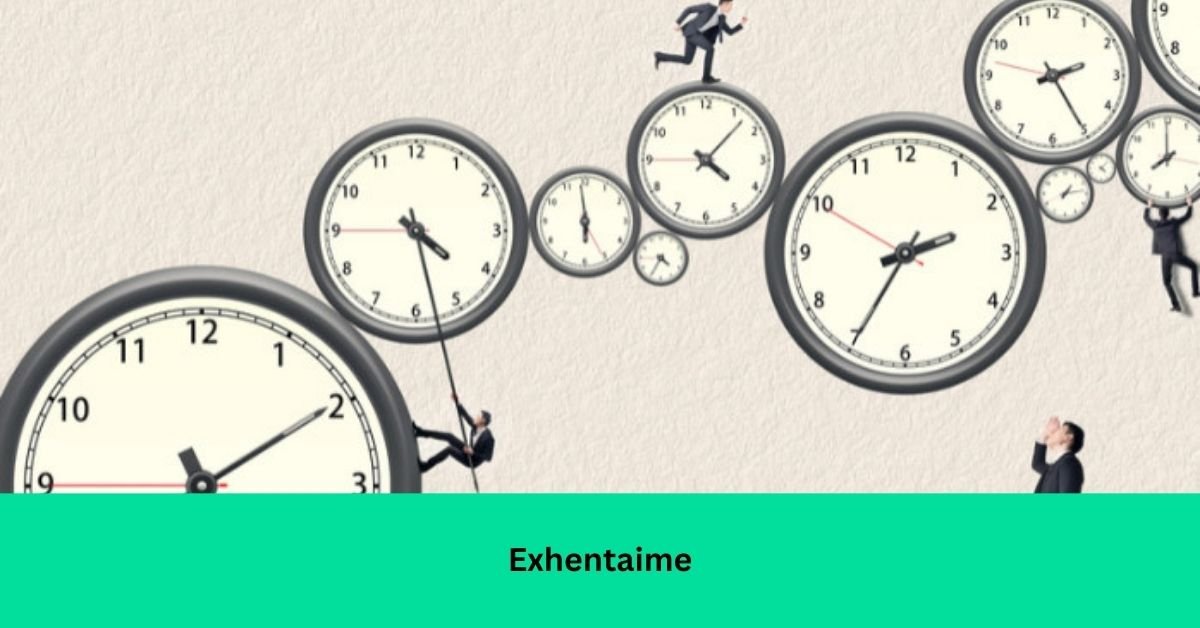VBLOC Device Problems Today (Vagal Blocking Therapy), developed by EnteroMedics, is an FDA-approved medical device used to assist in weight loss by blocking signals in the vagus nerve, which regulates feelings of hunger.
While VBLOC has been a promising tool for many individuals struggling with obesity, it has faced some challenges and concerns over time. Here’s what you need to know about the device’s current issues.
What is the VBLOC Device?
The VBLOC device, also known as the Maestro Rechargeable System, is an FDA-approved, implantable device used to assist in weight loss for adults with a body mass index (BMI) of 35 to 45 who have not achieved significant results with other weight management methods.
It is designed to reduce hunger and promote a feeling of fullness by blocking signals between the brain and the stomach via the vagus nerve.
Common VBLOC Device Problems
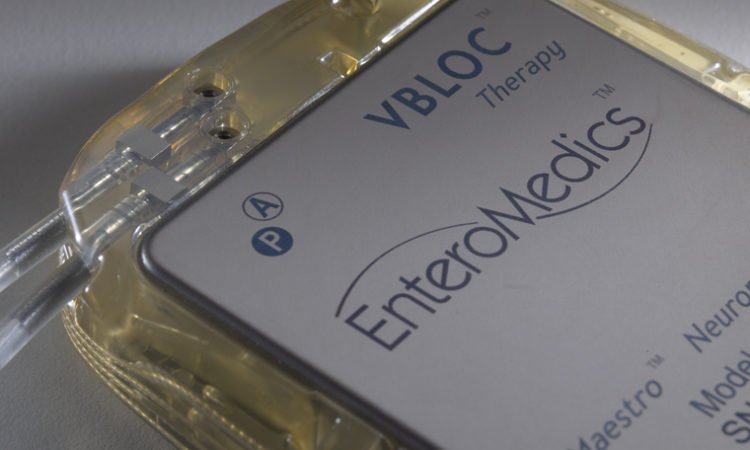
While the VBLOC device offers hope for many patients, users have reported some issues. Here are some of the most common problems associated with the device:
Device Malfunction
One of the most concerning issues with the VBLOC device is the possibility of malfunction. This can occur when the electrodes or battery stop functioning correctly, resulting in the device failing to deliver the electrical pulses needed to suppress appetite.
Sometimes, patients may require surgical intervention to fix or replace the device.
Electrode Displacement
Since the electrodes are placed near the vagus nerve, they can shift or become dislodged over time. This displacement can cause the device to lose effectiveness, leading to reduced or no weight loss benefits. In severe cases, additional surgeries may be required to reposition the electrodes.
Infection Risk
As with any implanted medical device, there is a risk of infection around the surgical site. While infections are not common, they can occur and require treatment with antibiotics or, in more severe cases, removal of the device.
Maintaining proper hygiene and following post-operative care instructions are crucial for reducing the risk of infection.
Side Effects
Some patients have reported experiencing side effects, such as nausea, heartburn, or abdominal pain after using the VBLOC device.
These side effects can range from mild to severe and may be related to the electrical pulses delivered by the device. In some cases, adjusting the device settings can alleviate these symptoms.
Battery Issues
The VBLOC device requires regular recharging to maintain its effectiveness. Some users have reported difficulties with the recharging process, such as inconsistent battery life or challenges with the charging equipment.
If the device is not recharged regularly, it may not function properly, leading to reduced effectiveness.
Limited Weight Loss
Despite being designed to assist with significant weight loss, some patients have reported minimal results after using the VBLOC device.
This could be due to various factors, including incorrect positioning of the electrodes, improper device use, or individual differences in how the body responds to the treatment.
Read: Wowza Gradle Plugin: Complete Guide For Streaming Efficiency
Identifying Common VBLOC Device Problems Patients Face Today

Like all medical devices, VBLOC systems have their own complications and issues. Patients undergoing this treatment have reported several concerns that range from minor discomfort to more severe health risks. Some of the common VBLOC device problems include:
- Vagal Nerve Irritation: Since the device targets the vagal nerve, irritation and discomfort can occur, leading to nausea or pain.
- Device Malfunctions: Some users have faced problems such as the device not delivering proper stimulation or shutting down unexpectedly.
- Surgical Complications: While minimally invasive, the surgery to implant the device can still lead to infections or improper placement.
- Side Effects: Patients have also reported side effects like heartburn, abdominal pain, and bloating post-implantation.
Recognizing these issues early and discussing them with healthcare professionals is essential to ensure patient safety and device functionality.
The Impact of VBLOC Device Malfunctions on Patient Health and Wellbeing
When VBLOC devices malfunction, the results can be detrimental to the patient’s health and weight management goals. A malfunctioning device may stop delivering the required electrical impulses, causing the patient to experience unregulated hunger and weight gain. Other potential health risks include:
Delayed Weight Loss
In some cases, the malfunction could slow down or even reverse the patient’s progress in losing weight.
Health Complications
Faulty devices may cause medical complications, such as gastrointestinal issues, nerve damage, or infections at the implant site.
Emotional and Psychological Impact
Struggling with device failures can lead to frustration, anxiety, and loss of motivation, significantly when weight management efforts are hampered.
Some patients have shared testimonials about their struggles, explaining how unexpected malfunctions disrupted their journey toward better health. These stories emphasize the importance of regular checkups and proper communication with healthcare providers.
Consulting Healthcare Professionals About Your VBLOC Concerns
If you’re experiencing issues with your VBLOC device, you must immediately speak with your healthcare provider.
Professional guidance can help diagnose the problem and offer solutions, whether that means adjusting the device, undergoing a repair procedure, or even removing it in extreme cases. Here’s what you should do:
Report Issues Promptly
Don’t ignore side effects or malfunctions; timely reporting can prevent more severe complications.
Ask About Alternatives
If the VBLOC system isn’t working as expected, ask your doctor about alternative weight loss treatments or technologies that might be more effective for your needs.
Follow Medical Advice
Always follow your healthcare provider’s advice on managing any problems related to the device, including possible medications or lifestyle adjustments.
The Future of Weight Loss Technology

The weight management technology field is evolving rapidly, and improvements are constantly being made to enhance the safety and efficacy of devices like VBLOC.
Future advancements in this area focus on reducing complications, improving the device’s precision, and offering more customized solutions for patients. Some potential innovations include:
- Improved Sensors: Better sensors detect and adjust the stimulation according to the patient’s needs.
- Non-Invasive Options: New technologies that might offer similar benefits without requiring implantation surgery are being explored.
- Artificial Intelligence: AI-powered devices could offer more personalized care, automatically adjusting settings based on a patient’s feedback and health data.
These advancements address current issues with VBLOC devices and ensure patients receive the safest and most effective treatment options.
Read: Get to Know CBI Group Karim Bernoussi’s Vision and Impact!
Conclusion:
VBLOC therapy can be an effective tool for weight management, but it is not without its challenges. By staying informed about common device problems and maintaining regular consultations with healthcare professionals, patients can navigate the potential risks and continue working towards their weight loss goals.
The future holds promising innovations that may eliminate many of today’s concerns, offering more reliable and advanced solutions for those struggling with obesity.
FAQs:
How does VBLOC therapy differ from other weight loss surgeries?
VBLOC therapy is less invasive than traditional weight loss surgeries like gastric bypass. It involves placing a device to block vagal nerve signals, helping reduce hunger without physically altering the stomach or intestines.
Is VBLOC therapy reversible?
Yes, VBLOC therapy is reversible. The device can be surgically removed if needed, and the procedure doesn’t cause permanent changes to the digestive system.
How long does the VBLOC device last?
The VBLOC device typically lasts several years. However, regular follow-ups with your doctor are necessary to ensure it’s functioning properly and to replace the battery when needed.
What kind of recovery time is needed after VBLOC implantation?
Recovery from VBLOC implantation is usually quick. Most patients can return to normal activities within a week, though strenuous exercise should be avoided for about a month.
Does insurance cover VBLOC therapy?
Coverage for VBLOC therapy varies by insurance provider and location. Patients should check with their insurance companies to understand the costs and whether it’s included in their plan.
Can VBLOC be combined with other weight loss treatments?
Yes, VBLOC can be combined with other weight loss strategies such as diet and exercise. It’s essential to follow a healthcare provider’s recommendations for the best results.
What is the success rate of VBLOC therapy?
The success rate of VBLOC therapy varies. While many patients experience significant weight loss, results depend on lifestyle changes, device functionality, and individual health factors.
Are there any dietary restrictions with VBLOC therapy?
There are no strict dietary restrictions with VBLOC therapy. However, following a healthy, balanced diet is crucial to achieving optimal weight loss results.
Can the VBLOC device cause nerve damage?
While VBLOC targets the vagal nerve, it is designed to be safe. However, rare nerve irritation or damage cases have been reported, which is why regular monitoring is essential.
Who is not a candidate for VBLOC therapy?
Individuals with severe gastrointestinal disorders, pregnant women, or those with specific medical conditions may not be suitable candidates for VBLOC therapy. A thorough medical evaluation is required.
Read:

